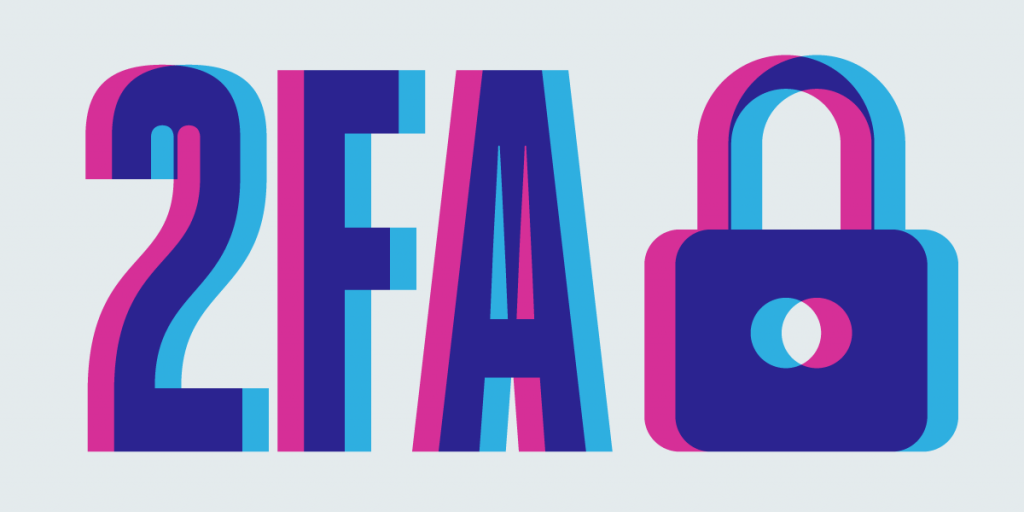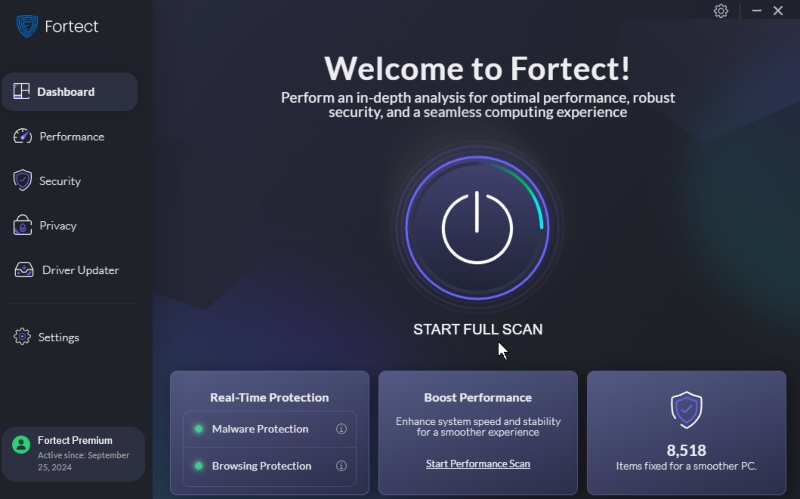How to Prevent Unauthorized Computer Access
Securing your computer against unauthorized access is crucial to protecting your personal information, sensitive data, and online privacy, even at home. Implementing extensive security measures can safeguard your device from potential threats.
Unauthorized access can lead to data breaches, identity theft, and significant financial loss that we don’t want to happen.
Below are Windows security tips that can strengthen your defenses against potential intruders.
6 Best Computer Security Tips
Set up Password Protection
Password protection is the first line of defense against unauthorized access. Ensure your computer is protected with a strong, unique password that includes a mix of letters, numbers, and special characters. Avoid using easily guessable passwords such as “123456” or “password.”
For example, a strong password could be “P@ssw0rd!2024#%”. Or any combination of letters, numbers, and characters.
Two-Factor Authentication

Two-factor authentication (2FA) adds an extra layer of security by requiring a second form of verification in addition to your password. This could be a code sent to your mobile device or an authentication app like Google Authenticator or Authy. For instance, even if someone manages to steal your password, they won’t be able to access your account without the second factor.
Enable 2FA on all your accounts that support it, especially for critical services such as email, banking, and social media.
Windows Update
Keeping your operating system up to date is crucial for security. Regular Windows updates often include patches for security vulnerabilities that hackers could exploit. Enable automatic updates on your Windows computer to ensure your system is always protected.
This will give you critical security updates that protect your system from new threats.
To check if your system is up to date:
Start > Settings > Windows Update > Click Check for Updates of Install Updates if your Windows is outdated, as shown above.
Anti-Malware Protection
Installing reliable anti-malware software is essential for detecting and removing malicious software that can compromise your system.
Consider investing in Fortect, an all-in-one PC solution with extensive malware protection and defense.

Fortect automatically scans your system for threats like malware, notifies you of any issues, resolves them, and optimizes your Windows PC. The notification takes up nearly half your screen, ensuring you notice it. You’ll receive clear instructions on what to do and be updated within minutes.
Download and install Fortect now.
Be Careful in Opening Emails
Emails are a common vector for phishing attacks and malware distribution. Be cautious when opening emails from unknown senders, and avoid clicking on suspicious links or downloading unexpected attachments. For example, a phishing email might appear from a legitimate company but contains a link to a fake website designed to steal your login credentials.
Always verify the sender’s email address and look for signs of phishing, such as poor grammar or urgent requests for personal information.
Lock Your Computer
Always lock your computer when it’s unattended, even if you step away briefly. Use a secure lock screen that requires a password or a PIN to access your computer. Even if you think you’re just at home. You have to be cautious of all possible scenarios that might happen. On Windows, you can quickly lock your screen by pressing Windows + L.
This simple practice can prevent unauthorized access by anyone physically approaching your computer while you’re away.
Conclusion
Protecting your computer from unauthorized access is essential for maintaining security and privacy in the digital age. You can significantly reduce the risk of unauthorized access by setting up strong passwords, enabling two-factor authentication, keeping your system updated, using anti-malware software, being cautious with emails, and locking your computer when unattended.
Implementing these measures will help safeguard your personal and professional data against potential threats.




